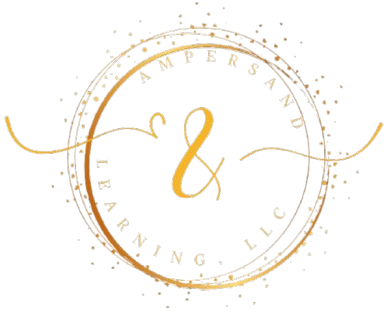The bell had already rung.
The students were halfway out the door, backpacks slung, chatter rising. But one student—Sofia—lingered behind.
“I just wanted to say… I didn’t think I could do that presentation,” she said, her eyes still wide with adrenaline. “But now I kinda feel like I could do it again.”
I smiled and nodded, but before I could say anything, she added, “I just didn’t know I had that in me.”
That sentence stayed with me for days.
Because just a few weeks earlier, we had started something small: ten-minute reflection circles at the end of class. Nothing formal. No handouts or checklists. Just time. Just space. A pause where students could talk about their thinking, their progress, or their questions—out loud, with each other.
Sofia hadn’t magically transformed because of one lesson. She found confidence because she was given the time to see herself differently—to say it out loud, to hear it reflected back. And that’s the power of reflection.
Why It Matters
Reflection is often treated like an “extra”—a thing we’ll get to if time allows. But in truth, it’s one of the most essential elements of deep learning. It’s where students start to make sense of what they’re doing, and more importantly, who they’re becoming.
In these ten-minute rituals, students aren’t just practicing communication skills. They’re learning to connect the dots between their effort and their growth. They’re noticing shifts in their thinking. They’re experiencing what it means to be listened to—and how to listen in return. They’re developing a sense of identity, of agency, of belonging.
And it doesn’t take a 60-minute lesson or a perfectly written journal prompt. Sometimes all it takes is ten minutes of your class period to open a door students didn’t even know was there.

A Tiny Disruption: Make Room for the Pause
🌀 Disruption: Make space once a day, or once a week, for students to pause and reflect—on learning, on growth, on self.
Try a one-word circle.
Try “I used to think… now I think.”
Try a silent journal followed by a few student voices shared aloud.
Whatever the method, the outcome is the same: reflection becomes habit. And habit becomes transformation.
The Deep Learning Thread
This is the part of teaching we can’t always measure on a spreadsheet, but we feel it in the room.
In those ten-minute pauses, students are quietly building their character—learning to name their own emotions and recognize their own progress. They’re practicing citizenship as they learn to listen deeply and honor each other’s experiences. Their communication skills grow stronger, not because we corrected their grammar, but because we gave them something meaningful to say.
They begin thinking critically about what they used to believe and what they believe now. They start to see learning as a living thing—something they shape, not just something done to them. And yes, creativity sneaks in too, because in the quiet of reflection, the mind begins to wander, to wonder, to imagine what could be different next time.
This is deep learning. Not louder. Not faster. Just deeper.
And it starts with a tiny disruption that only takes ten minutes.
Want to bring these moments to your classroom regularly?
We’ve created a printable set of 10-minute reflection prompts to keep near your teacher desk, your meeting circle, or your exit ticket tray. Just one more way to make the deep work a daily part of your rhythm.


0 Comments